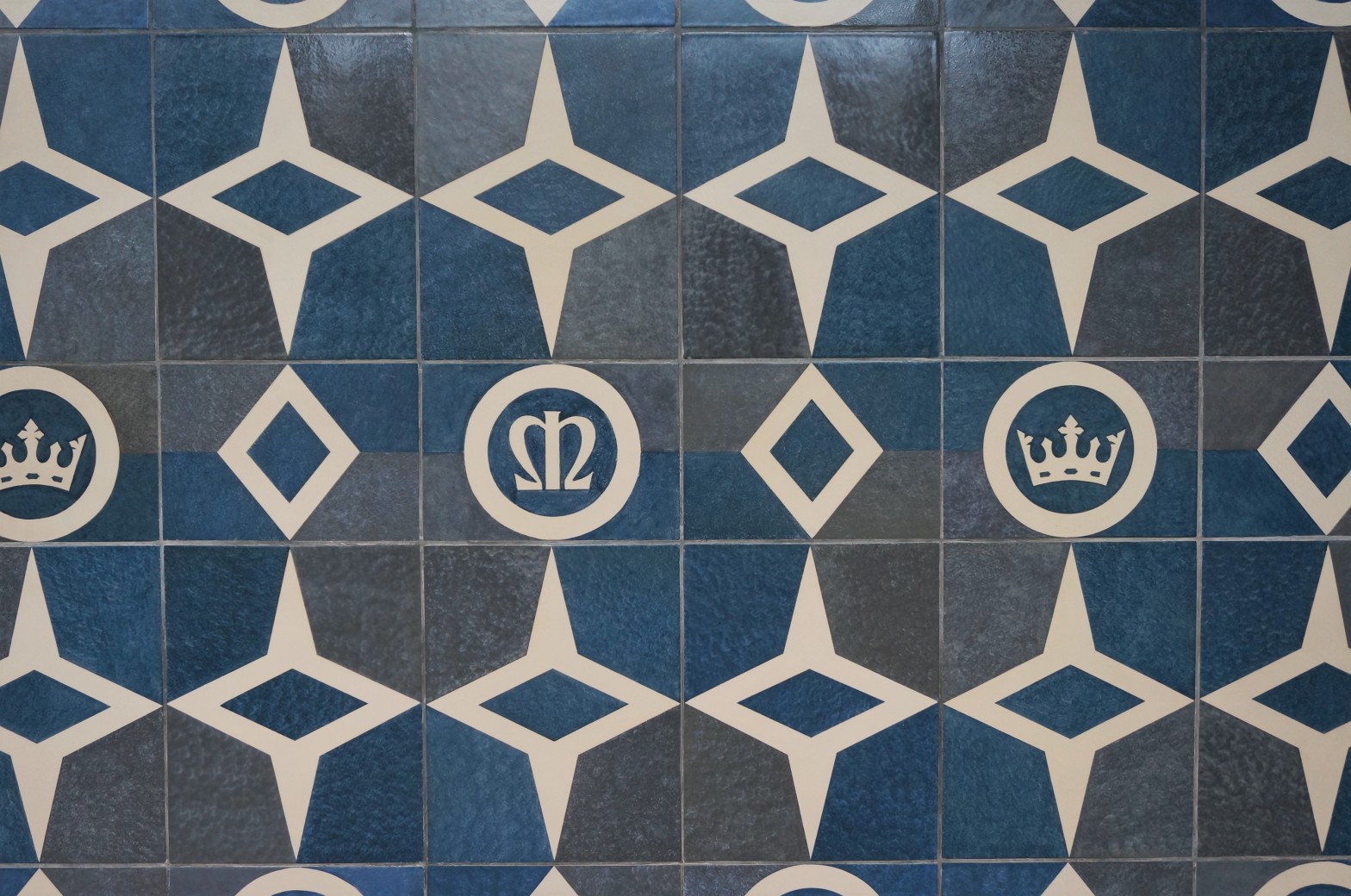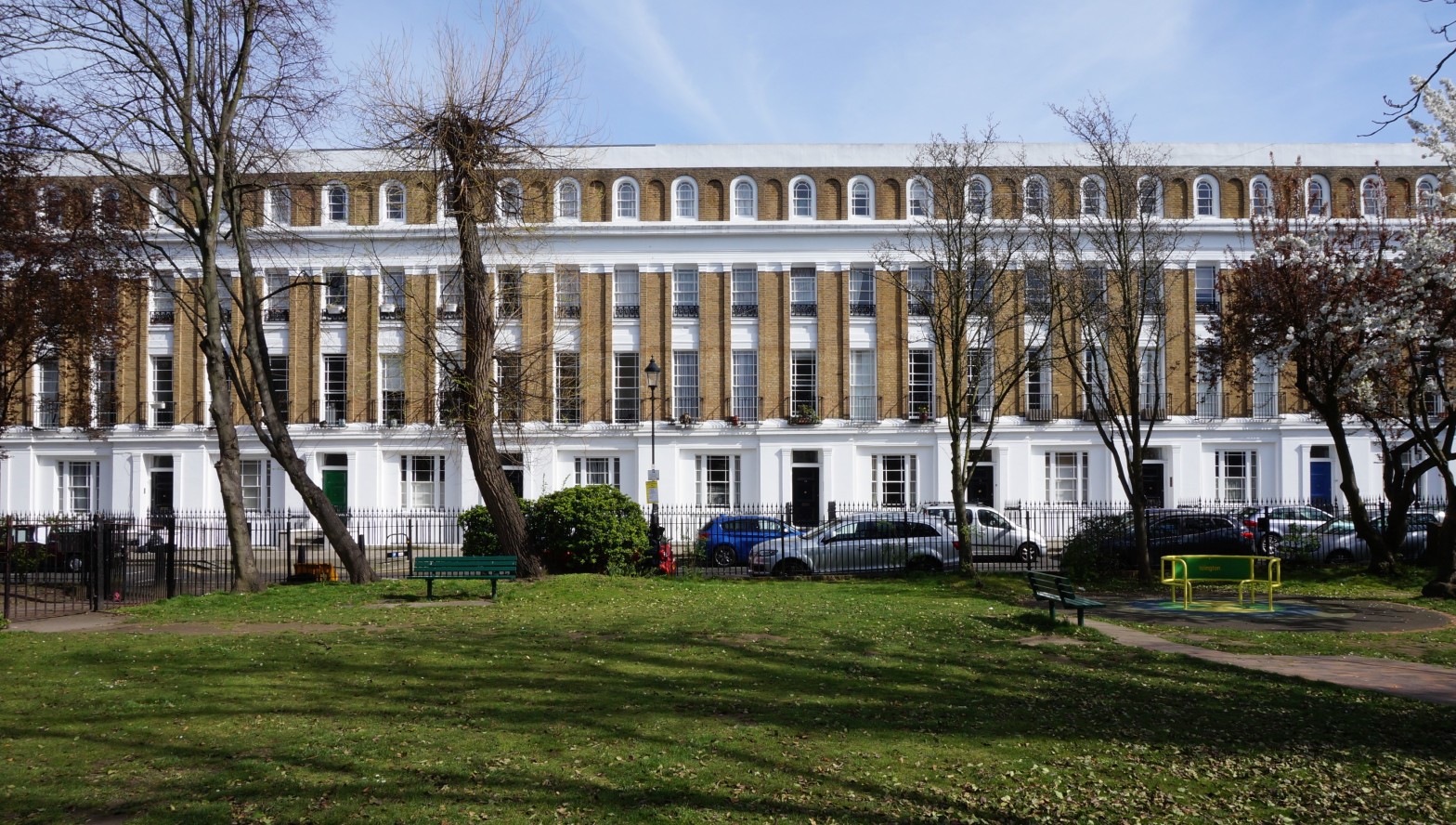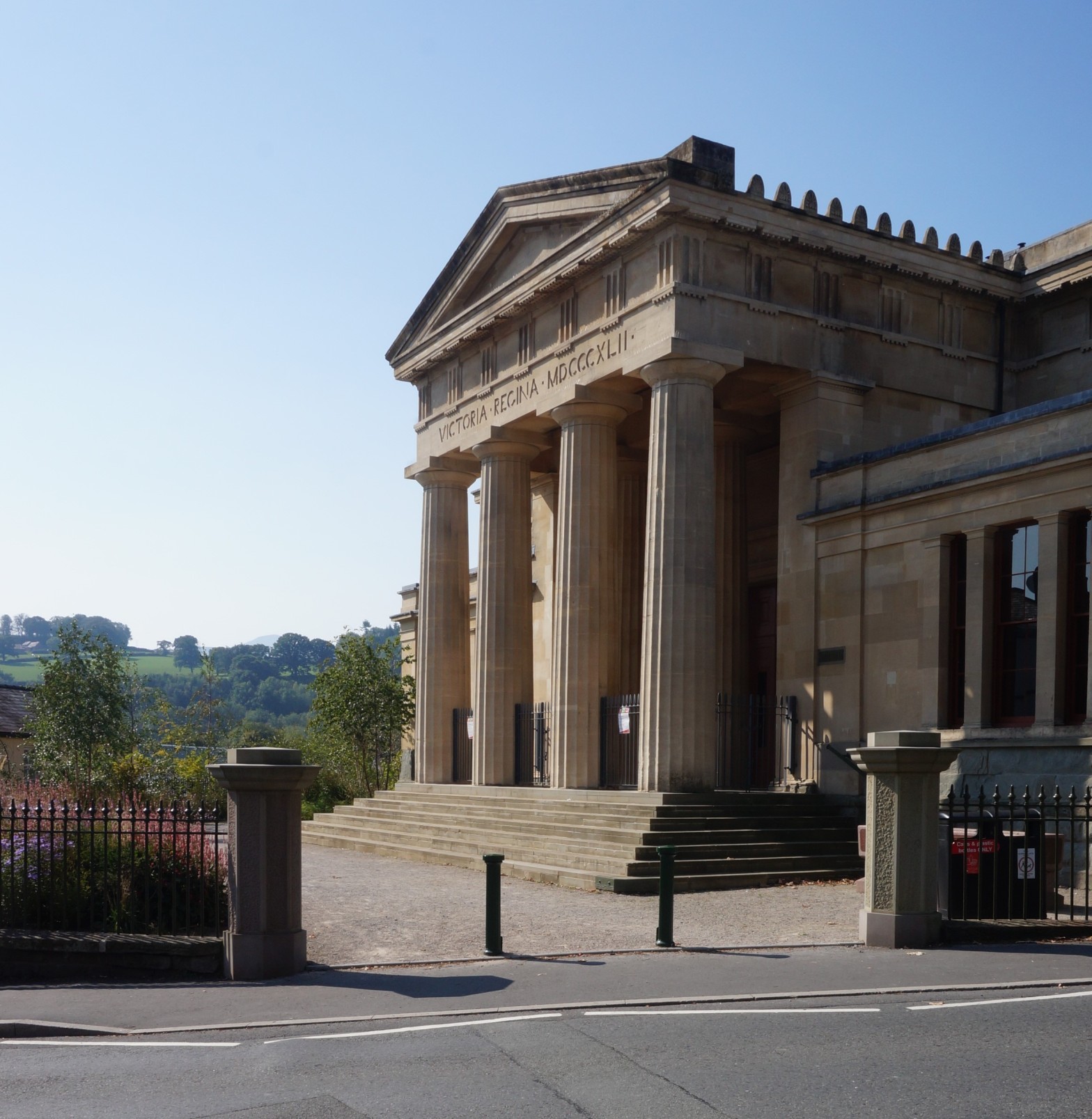Harry Stuart Goodhart-Rendel (1887-1959) is someone who has loomed very large in this blog. I’m aware that I’ve quoted him extensively without fully explaining who he was and why he matters so much to any student of Victorian architecture. It is now time to bring him centre-stage, even if that means straying outside the chronologicalContinue reading “H.S. Goodhart-Rendel and the 20th century Victorians”
Tag Archives: Greek Revival
Robert Lewis Roumieu: progressive or prankster?
One is the former London office of a firm that produced vinegar and fortified wines. The other is a speculative development of townhouses aimed at the affluent middle classes. Fairly mundane projects typical of the 19th century, one might think; typical, indeed, of hundreds such up and down the country, brought into being by theContinue reading “Robert Lewis Roumieu: progressive or prankster?”
Joseph Clarke (1819/20-1888): an unexpectedly deft safe pair of hands
Today’s post forms something of a pendant to the preceding post on Henry Woodyer, not least because it takes in the remarkable church of SS Peter and Paul in Foxearth, Essex. It deals with an architect who, like Woodyer, was active chiefly in the Home Counties. Again like Woodyer, he specialised in ecclesiastical work –Continue reading “Joseph Clarke (1819/20-1888): an unexpectedly deft safe pair of hands”
A glimpse of Arcadia in Central Wales
Thomas Henry Wyatt (1807-1880) and David Brandon (1813-1897) have a reputation of being among the also-rans of Victorian architecture. In the earlier part of their careers, the two architects had a professional partnership which lasted from 1838 until 1851, whereupon they went their separate ways. They were commercially successful, taking on the full range ofContinue reading “A glimpse of Arcadia in Central Wales”



